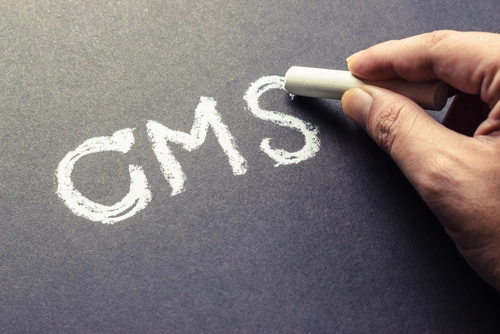
Steer your practice in the right direction with these 3 Medicare tips.
Denials are a given for medical practices, but a recent review by CMS carrier Palmetto GBA tallied shocking numbers: almost 80 percent of claims reporting either of the two most common services i.e. 98940 (Chiropractic manipulative treatment [CMT]; spinal, 1-2 regions) or 98941 (… spinal, 3 to 4 regions), or both; had to be denied for multiple reasons. The carrier reviewed chiropractic service claims submitted between April and June 2014. After analysis, only 2,914 claims could be allowed – and the remaining 11,363 were denied.
“The regular DC should pay close attention to these surveys as it’s comprised of their peers. Even though we don’t see as much Railroad Medicare Beneficiaries this still affects the Medicare population.” Advises Doreen Boivin, CPC, CCA, with Chiro Practice, Inc., in Saco, Maine.
A similar first-quarter 2014 review yielded an error rate of 77 percent. Would the fourth quarter be any better? Read on to know more.
A complexity analysis: “The denials are more than likely made up of the non statutorily covered services and that information may not be made known when doing the analysis”, opines Boivin. “If there are multiple procedure codes on the claim then all but the chiropractic adjustment gets denied.”
Good news: Medicare tells you about the most common trivial mistakes they found the providers committed. Read on to learn how you can avoid being grouped with the denials.
1. Provide Prompt Response to ADRs
As a part of the medical review process, claims are randomly selected for ADRs, or additional documentation requests. Providers should respond to the request within 30 days. If they don’t, the claim is automatically denied on the forty-fifth day. Although according to Boivin “Most offices respond to these in a timely fashion in order to get reimbursed”; around 5,300 (or approximately half) of the denied claims were for this reason alone!
Remember: Medicare contractors are authorized to collect medical documentation by the Social Security Act. Section 1833(e), which states, “No payment shall be made to any provider of services or other person under this part unless there has been furnished such information as may be necessary in order to determine the amounts due such provider or other person under this part for the period with respect to which the amounts are being paid or for any prior period.”
2. Go the Extra Mile in Documentation
Around 5,500 claims were rejected on grounds of insufficient documentation. The gaps included missing patient history, inadequate treatment plans, incomplete P.A.R.T. exam to document subluxation, and poor handwriting, amongst others.
Keeping three points in mind can help ensure your provider’s documentation is complete:
Last word: “A full page of notes goes a long way in supporting medical necessity than a few short lines. If it wasn’t documented it didn’t happen! It’s hard to go back and amend notes just to get paid. Do it right the first time it saves you in the end. “ Cautions Boivin.
3. Demonstrate Medical Necessity
Approximately 300 claims in the Palmetto analysis were denied because the providers failed to demonstrate medical necessity.
Remember:
The road ahead: The Palmetto GBA expects to continue keeping a close watch by conducting service-specific prepayment review in the next quarter. This review will identify, substantiate, or disprove questionable billing patterns.
Arm yourself: “Follow the ACA documentation guidelines. Take the time now to get it right so in the future you don’t have to fight for getting paid”, asserts Boivin. “Train your staff to help you with reviewing the documentation so billing can be done correctly and clean the first time.”
